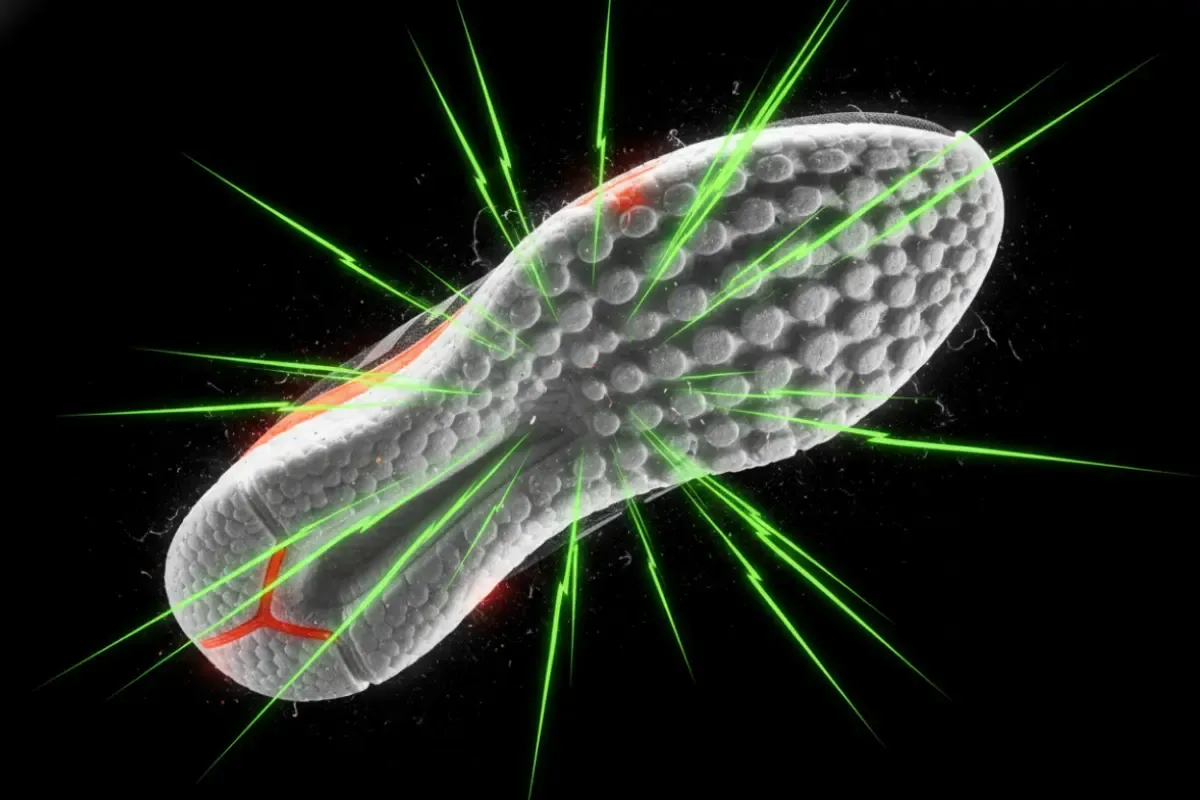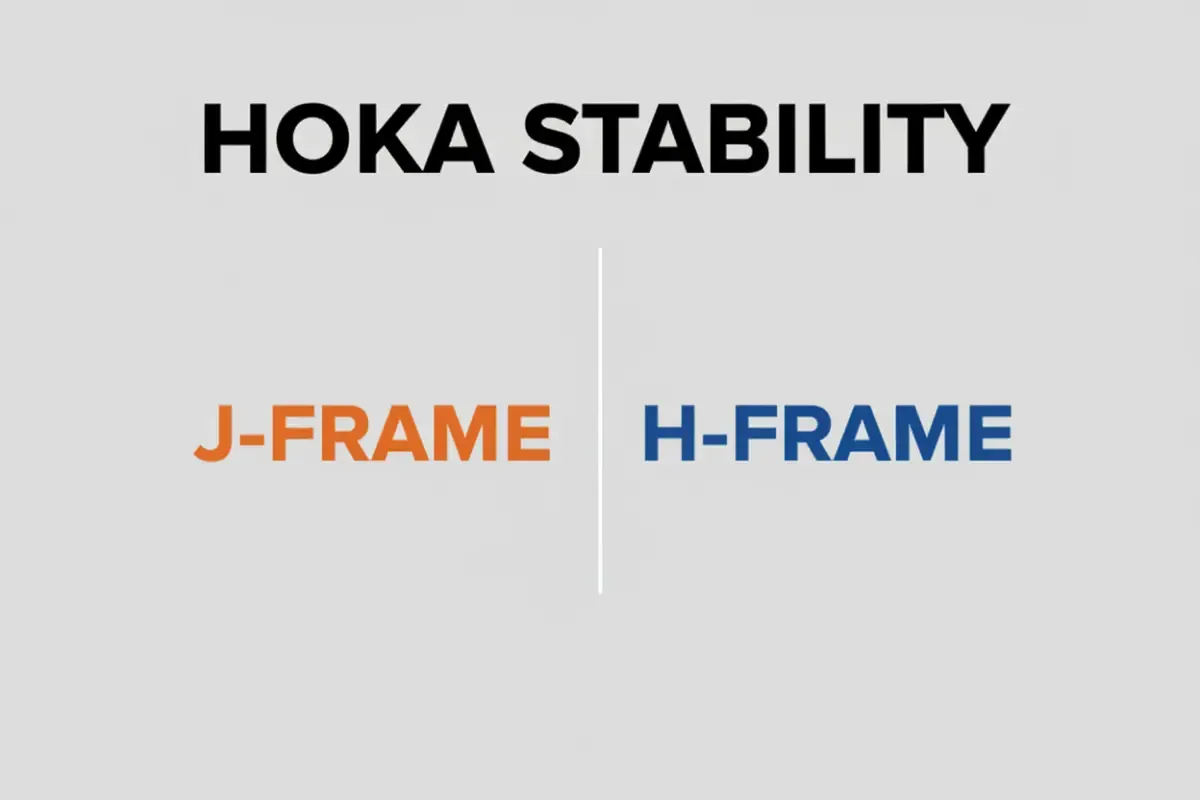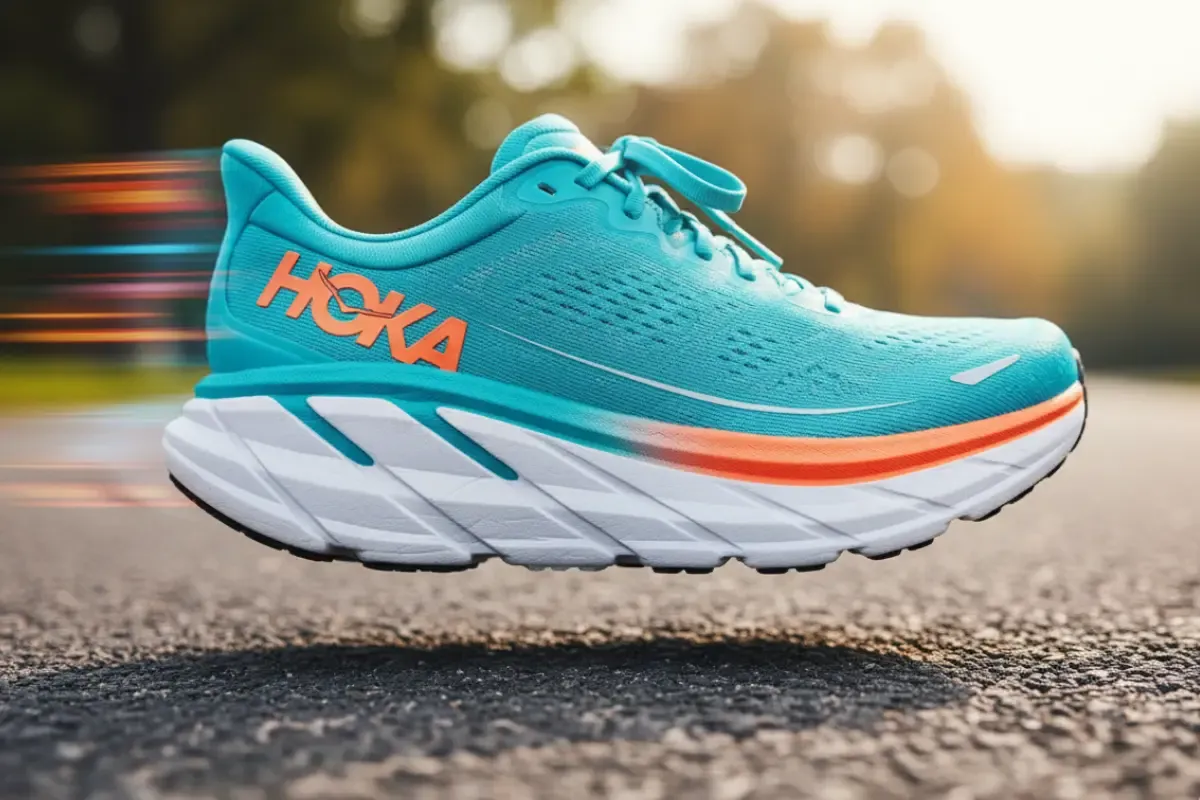
Table of Contents
If you've stepped into a running store lately, you've probably heard the term "super foam." It's the footwear equivalent of a turbocharger, a magical material that promises to make you run faster, feel fresher, and maybe even enjoy those dreaded hill repeats. While brands have fiercely guarded their proprietary blends, one foam has quietly become the workhorse of high performance: Saucony's PWRRUN PB.
You'll find it in their fastest marathon shoes, but it's also the magic ingredient in some of their most popular daily trainers. So, what exactly is this stuff? And why should it matter to you, whether you're chasing a personal best or just trying to make your weekend long run a bit more comfortable?
Let's break down the science, the feel, and why this bouncy foam is changing the game for runners of all levels.
What Is PWRRUN PB, Anyway?
In simple terms, PWRRUN PB is Saucony's high-performance midsole foam. The "PB" stands for PEBA, or Polyether Block Amide, which is a type of thermoplastic elastomer (TPE).
Think of it like this: for decades, most running shoes used EVA (ethylene vinyl acetate) foam. EVA is reliable and cheap, but it's relatively heavy and tends to lose its "pop" over time, especially in very hot or cold weather. Then came TPU (thermoplastic polyurethane), which you might know as the "Boost" material in Adidas shoes. TPU is much bouncier and more durable than EVA, but it's also quite heavy.
PEBA is the next evolution. It delivers the high energy return of TPU but in a package that is significantly lighter—in the case of PWRRUN PB, it's about 50% lighter than traditional EVA.
But Saucony's magic isn't just the material; it's the manufacturing. They use a "bead" process where tiny pellets of this PEBA material are fused together. This process, often involving supercritical fluid, creates a midsole that is not only light but also incredibly resilient. When your foot strikes the ground, the foam compresses, and as you toe-off, it springs back with remarkable force. Saucony claims an 88% energy return, which is a number that puts it right in league with the best super foams on the market.
How PWRRUN PB Stacks Up Against Other Saucony Foams
It's easy to get lost in the "PWRRUN" family tree. Saucony has a few different foams, and they're not all created equal. Here’s a quick breakdown of where PB fits in:
| Foam Technology | Material | Key Characteristics | Best For |
|---|---|---|---|
| PWRRUN | EVA-based blend | Firm, responsive, durable. The reliable workhorse. | Daily training, stability. |
| PWRRUN+ | TPU-based beads | Softer, bouncier, and more durable than PWRRUN. | High-mileage cushioning, recovery runs. |
| PWRRUN PB | PEBA-based beads | Very lightweight, high energy return, resilient. | Speedwork, tempo runs, racing. |
| PWRRUN HG | Supercritical PEBA | The pinnacle. Extremely light and maximum energy return (95%). | Elite racing, PR attempts. |
As you can see, PWRRUN PB sits in that sweet spot between a durable daily trainer and an all-out racing shoe. It’s the engine that powers their fastest training shoes and, in some cases, their top-tier racers.
The Real-World Benefits: What You Actually Feel
Specs and percentages are great, but what does this mean for your feet on mile 10?
1. A "Bouncy" and Responsive Ride
This is the number one reason people fall in love with PWRRUN PB. The energy return isn't just marketing hype; you can feel it. Instead of your foot "sinking" into the foam, it feels like the foam is actively pushing back, propelling you forward. Reviewers often describe it as "poppy" or "trampoline-like." This makes it fantastic for tempo runs, intervals, or any time you want to pick up the pace without feeling like you're fighting your shoes.
2. Lightweight Cushioning That Goes the Distance
Weighing 50% less than standard EVA is a massive advantage. On a long run, every extra ounce matters. A lighter shoe reduces fatigue, making it easier to maintain your form and turnover. This is why you'll find PWRRUN PB in shoes designed for both speed and distance, like the Endorphin Speed series.
3. It Doesn't Quit on You
One of the biggest complaints about early super foams was their lack of durability. They felt amazing for 100 miles and then... not so much. PWRRUN PB, on the other hand, is surprisingly resilient. Many runners report getting 300, 400, or even 500+ miles out of shoes like the Endorphin Speed 3 before noticing a significant drop-off in cushioning.
It's also fantastic in all weather. Unlike EVA, which can feel like a brick in the cold or mushy in the heat, PEBA is remarkably stable. It maintains its soft, springy feel regardless of the temperature, meaning your shoe feels the same in December as it does in July.
4. The Perfect Partner for Modern Shoe Geometry
Saucony doesn't just drop this foam into any old shoe. They combine it with their SPEEDROLL technology—that aggressive, curved sole shape you see on many of their shoes. This rocker geometry works in harmony with the bouncy foam. The rocker smoothly guides your foot from landing to toe-off, while the PWRRUN PB provides the propulsive "pop" at the end of your stride. It's a combination that just feels efficient.
Where Can You Find PWRRUN PB?
Saucony has been smart about using their best foam. You'll find it in their top-tier shoes, often paired with other tech like carbon or nylon plates.
- Saucony Endorphin Pro 4: This is the elite marathon racer. It uses a dual-cushioning system with a top layer of the ultra-responsive PWRRUN HG and a bottom layer of PWRRUN PB for stability and durability. A full-length carbon plate is sandwiched between them for maximum propulsion. For detailed Saucony Endorphin Pro 4 review
- Saucony Endorphin Speed 4: The "people's champion" of running shoes. This is arguably the best showcase for PWRRUN PB. It pairs a full-length bed of the foam with a more flexible nylon plate. This makes it perfect for everything from daily training to tempo runs and even race day itself. It’s fast, but also forgiving.
- Saucony Triumph 22: This is a fantastic example of versatility. The Triumph is Saucony's premium, max-cushion daily trainer. For the 22nd version, they swapped out the old foam for a full-length midsole of PWRRUN PB. The result is a shoe that feels incredibly plush and protective for long, slow miles, but still has a surprising amount of life and bounce when you decide to pick up the pace. For detailed Saucony Triumph 22 review
Should You Buy a Shoe with PWRRUN PB?
This foam is for you if:
- You want a shoe that feels "fast" and "fun."
- You're looking for a versatile trainer that can handle speed days and long runs (like the Endorphin Speed).
- You want a cushioned, protective daily trainer that doesn't feel sluggish or heavy (like the Triumph 22).
- You run in a climate with big temperature swings and want consistent performance.
You might want to look elsewhere if:
- You are on a very tight budget (PWRRUN PB models are usually in the premium price range).
- You need significant stability. While some models like the Saucony Tempus cleverly use a PWRRUN frame to stabilize the softer PB core, a traditional stability shoe with a medial post might be a better fit if you overpronate heavily.
Ultimately, Saucony's PWRRUN PB has proven it's not just a gimmick. It’s a genuinely advanced material that delivers on its promises of being lightweight, resilient, and incredibly energetic. It has helped Saucony create some of the most exciting and versatile running shoes on the market, bridging the gap between elite-level racing technology and everyday training comfort.


